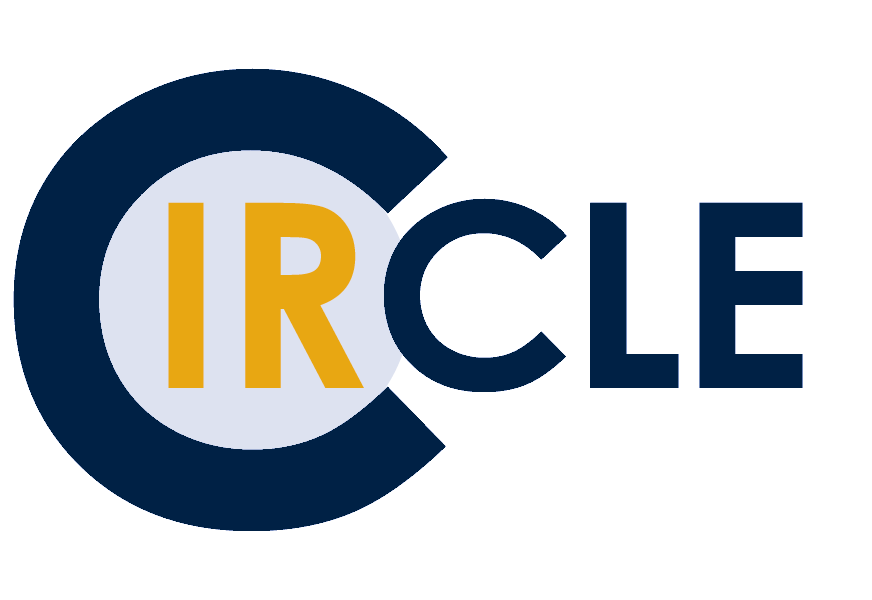cIRcle FAQ of the Day:
Have you wondered, How do I cite an item that I have found in cIRcle?
If so, read on. (If not, still read on and learn something new.)
Always cite the published version if available, so the author(s) receives credit through databases that track citation counts (e.g. Thomson Reuter’s Web of Science). Note that the page numbering of the cIRcle version may not correspond to the page numbering in the published version.
However, there may be circumstances where you need to cite the cIRcle version. Even if citing the cIRcle version, cite the published version as well so that the author(s) receive citation recognition, as mentioned. Cite the cIRcle version as follows:
Klinka, K., Varga, P. and Chourmouzis, C. (1999). Towards a quantitative classification of soil nutrient regimes in British Columbia : Comparison of regional studies. cIRcle: UBC’s Digital Repository: Scientia Silvica Extension Series. Available at: http://hdl.handle.net/2429/764.
You may well ask, But what if the item is an unpublished work?
To cite an unpublished work, such as a thesis or dissertation in cIRcle, use the same format:
Blackman, M. J. (2008). Achieving economic and social sustainability in the inner city: The role of business improvements districts. cIRcle: UBC’s Digital Repository: Electronic Theses and Dissertations (ETDs) 2008+. Available at: http://hdl.handle.net/2429/2445.
The URI is the most important piece of the cIRcle citation, as it is a permanent (a.k.a. persistent) and unique link.
Parts of this FAQ adapted from Open Research Online, FAQ at: http://oro.open.ac.uk/help/helpfaq.html#How_should_I_cite_items.
Find more cIRcle FAQs here

